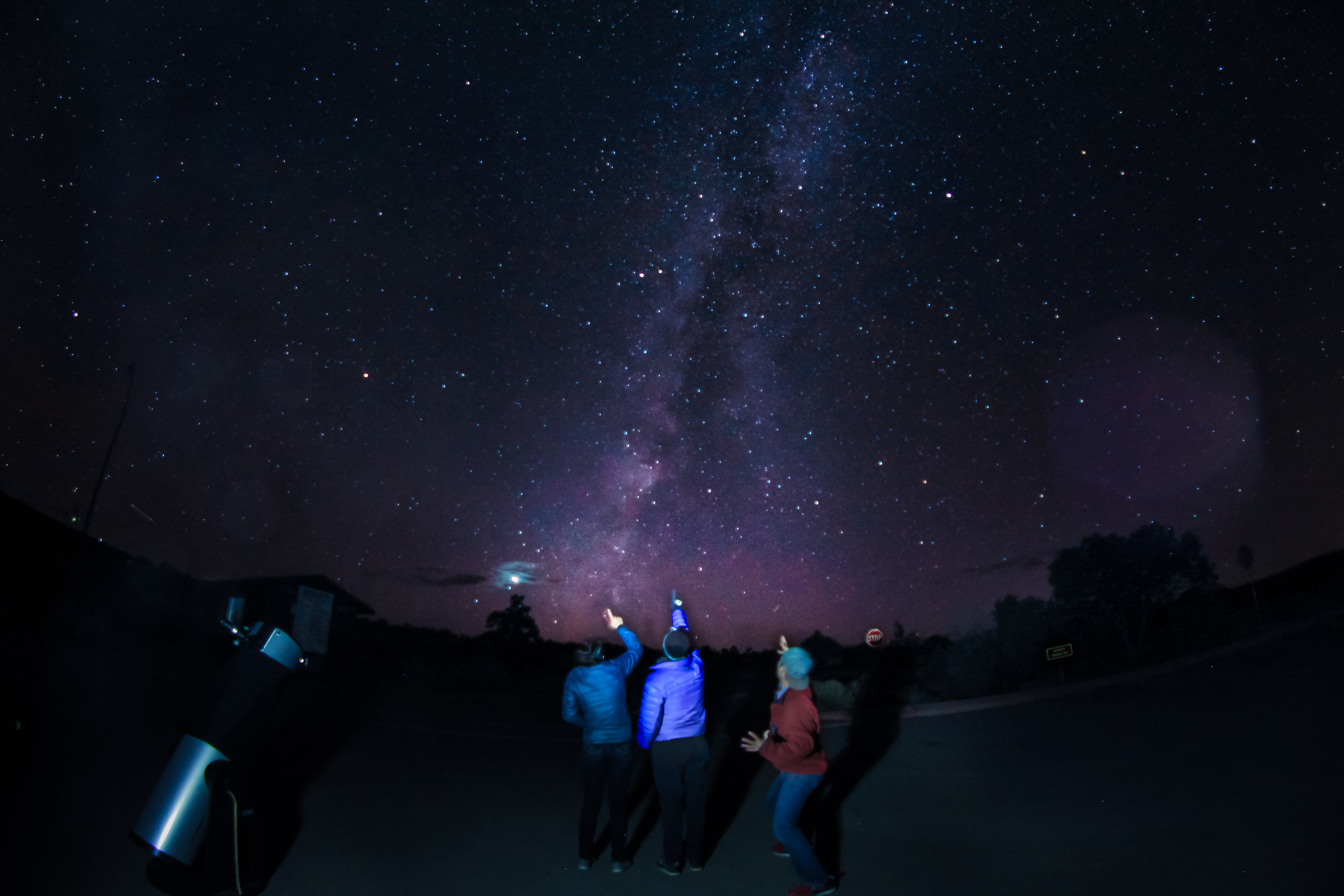October 3, 2018
The night sky seems serene, but telescopes tell us that the universe is filled with collisions and explosions. Distant, violent events signal their presence by spewing light and particles in all directions. When these messengers reach Earth, scientists can use them to map out the action-packed sky, helping to better understand the volatile processes happening […]
July 3, 2018
A new study using data from NASA’s NuSTAR space telescope suggests that Eta Carinae, the most luminous and massive stellar system within 10,000 light-years, is accelerating particles to high energies — some of which may reach Earth as cosmic rays. “We know the blast waves of exploded stars can accelerate cosmic ray particles to speeds […]
May 17, 2018
In the western Utah desert, the Telescope Array sprawls across an area the size of New York City, waiting for cosmic rays. The facility detects the high-energy particles that collide with Earth’s atmosphere constantly; the cosmic rays trigger the 500-plus sensors once every few minutes. While pouring over data in 2013, Telescope Array physicists discovered […]
November 16, 2017
The next generation of the Sloan Digital Sky Survey (SDSS-V), will move forward with mapping the entire sky following a $16 million grant from the Alfred P. Sloan Foundation. The grant will kickstart a groundbreaking all-sky spectroscopic survey for a next wave of discovery, anticipated to start in 2020. The University of Utah has been […]
October 11, 2017
University of Utah scientists gather with their peers in Provo, Utah, next week at the American Astronomical Society’s Division of Planetary Sciences annual meeting, Oct. 15-20. Below are summaries of presentations at the meeting, along with the time and date of the presentation and primary contact information. All times are in Mountain Time. The long-term […]
May 16, 2017
On May 13, 2017, Patrick Wiggins, public outreach educator for the University of Utah’s Department of Physics & Astronomy, and NASA solar system ambassador to Utah, spotted something unusual in the sky. He was looking at the spiral galaxy NGC 6946, known as the Fireworks Galaxy, in the Cygnus constellation over 22 million light-years away […]
April 17, 2017
Three years ago, a University of Utah-led team discovered that an ultra-compact dwarf galaxy contained a supermassive black hole, then the smallest known galaxy to harbor such a giant black hole. The findings suggested that the dwarfs were likely tiny leftovers of massive galaxies that were stripped of their outer layers after colliding into other, larger […]
February 10, 2017
The University of Utah has awarded formal recognition to the Consortium for Dark Sky Studies (CDSS), the first academic center in the world dedicated to discovering, developing, communicating and applying knowledge pertaining to the quality of the night skies. The CDSS is an interdisciplinary, multi-institutional research group based in the College of Architecture and Planning […]
January 9, 2017
University of Utah faculty and alumni won six out of 12 of the 2016 Governor’s Medals for Science and Technology. The U’s winners are Cynthia Burrows of the Department of Chemistry, Cynthia Furse of the Department of Electrical and Chemical Engineering, Adam Beehler of the Department of Physics and Astronomy and Vivian S. Lee of […]








